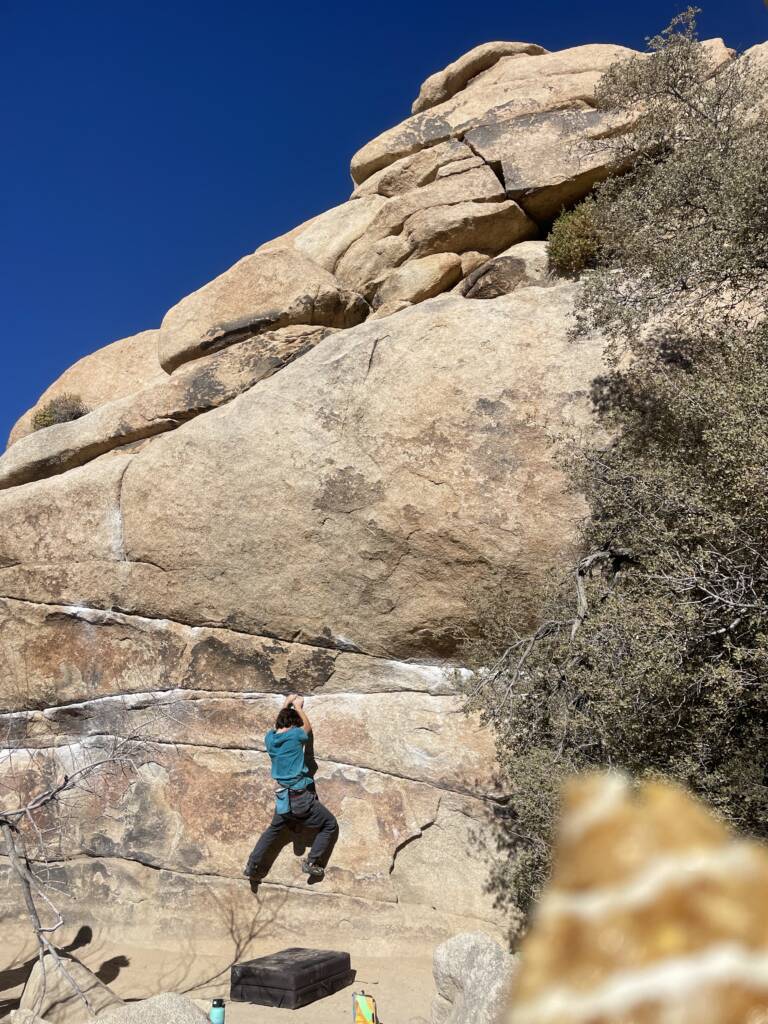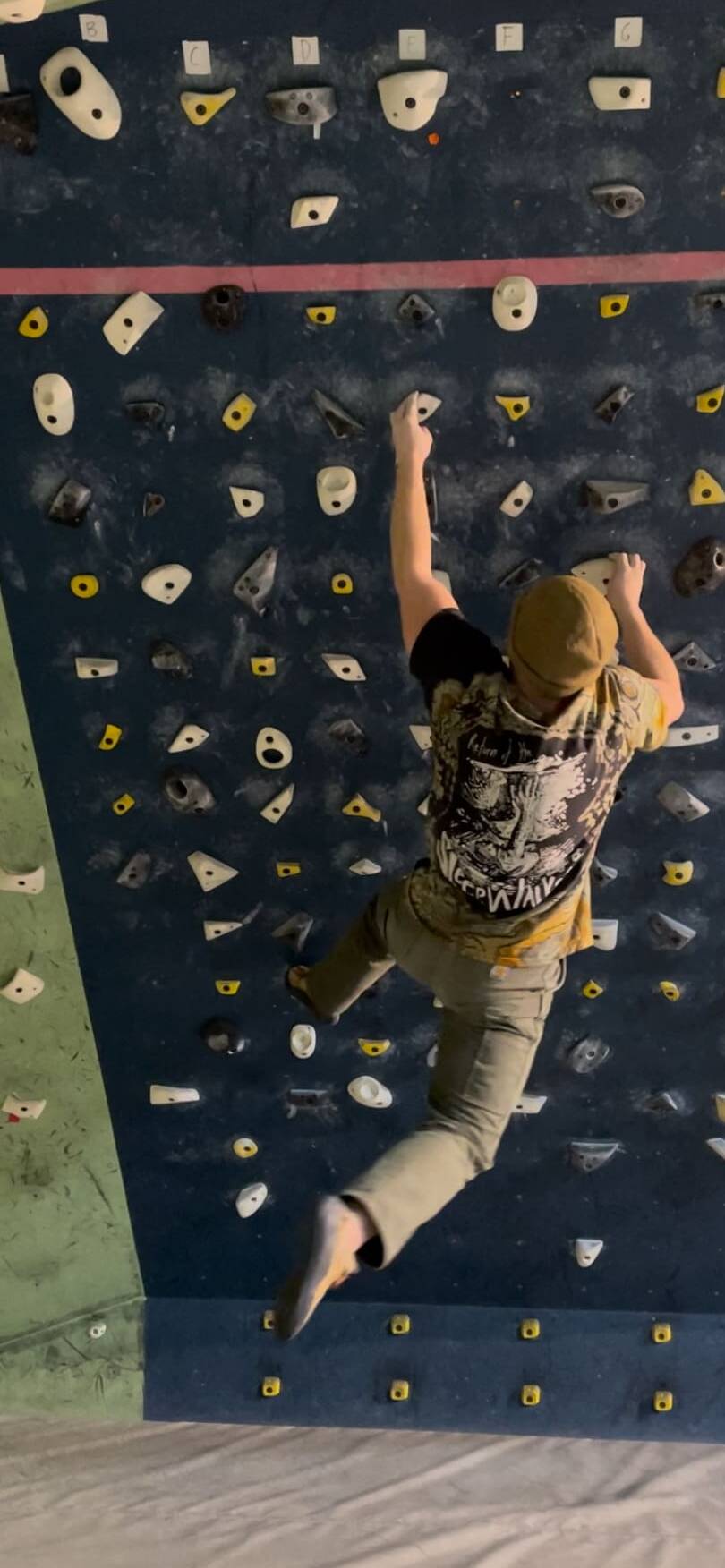Training Board walls have been in climbing for years and years and come in many different board varieties and angles. It should be a part of every climber’s training regardless of discipline. It offers three key adaptations to your climbing: Explosive power, strong body tension, and raw finger strength/contact strength.

The power element of a board is easy to see. Usually being overhung, boards will require you to do bigger moves to worse holds as you progress. This power carries over nicely to all wall angles, as well as outdoor boulders. The adaptations arrive from the strengthening of the tendons and muscles. They also come from improving coordination and body positioning in these situations. Simply put, doing more powerful moves will often make you better at them, and boards demand power.
Improving Finger Strength
The finger strength that comes with board climbing is an often overlooked feature. People often look to hang boarding or lift edges, which are great and should be used. However, a spray wall or system board is an excellent way to strengthen your fingers in an extremely climbing-specific way. The demands on the fingers are extremely high due to the steep angle as well as the hold selection.
Usually, there will be smaller holds on the training board walls that will get you stronger using them, especially in conjunction with the power element mentioned before. Big moves to small holds will up your climbing game drastically. Being able to set your own problem on a board is perfect for training weaknesses as well. Whether that’s crimps, open hand holds, or slopey holds, a good board will have a variety to train.

Body tension is a pivotal part of board climbing. As the holds get worse and move bigger, it is key to be able to not only keep your feet on but be extremely active as well. Focusing on tension and pulling with your feet will pay dividends to your climbing and will allow you to do harder moves with more control and ease. Experiment with using poorer feet or feet in different positions using the same hands. You will quickly get better at recognizing stable positions and also the ability to find stability in those awkward ones.
Types of Training Board Walls
If you’re not sure how to use a board, let’s break that down. There are two types of boards generally, a spray wall and a system board. The spray wall is a random assortment of holds on the wall whereas a system board is mirrored down the vertical axis. These two types will be commercial or gym-specific.
Commercial boards (moon, kilter, tension, etc) will often come with an app filled with established problems, This is great as you have a huge base of climbs to choose from. Keep in mind, however, that you should make some routes of your own. This improves route reading, can allow you to work on a specific hold type or move, and is generally a fun exercise. The standard gym spray wall usually won’t have established routes, but you can make up your own or go with some friends. This is great for building a circuit or a project and can be easily edited to be easier or harder.
The spray wall is an excellent tool used by climbers of all proficiencies but is especially touted among pro climbers for all the reasons mentioned. At Summit, we have a moon board, a spray wall, and a system board (with wood tension holds). Try adding a board day to your climbing week to train better!

